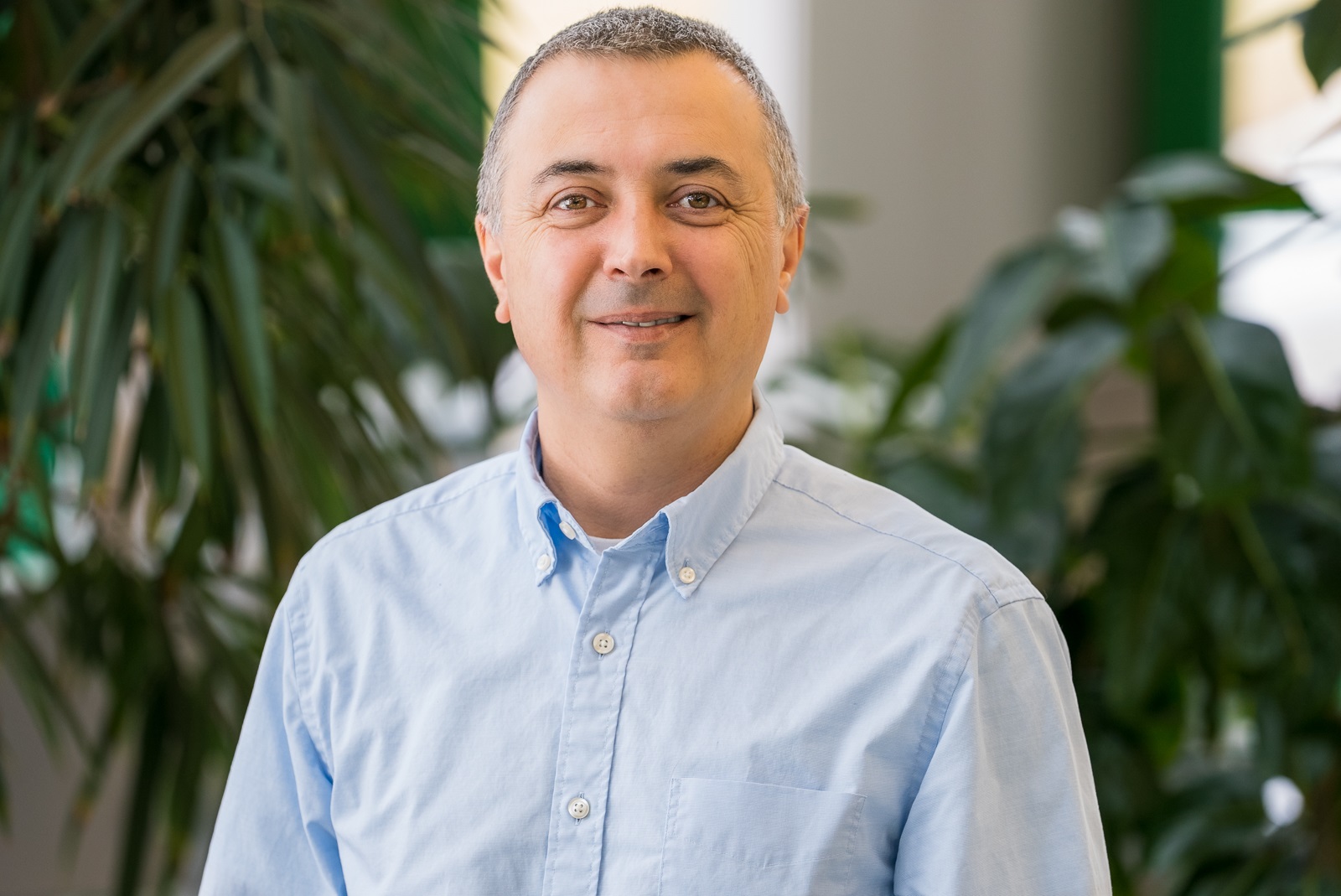
As the APS Upgrade’s supply chain coordinator, Stankovik conducts detailed planning and forecasting to ensure all the materials are in place.
By Marguerite Huber
The Advanced Photon Source (APS) is shutting down for a year to undergo a complex and extensive upgrade. It’s a major investment in the future of science, as well as a significant investment in the APS, a U.S. Department of Energy (DOE) Office of Science user facility at DOE’s Argonne National Laboratory.
Behind the scenes of the upgrade, Aleksander Stankovik keeps track of the tens of thousands of components and materials needed for the project. As supply chain coordinator, Stankovik uses a component database, which includes approximately 30,000 entries, to manage all the inventory and assembly data.
“We cannot spend time searching for something,” explained Stankovik.” All the components we are using, you cannot go to a local store and buy them. You need to know at any given time where something is and how to get it. That’s a non-negotiable for this project.”
Stankovik joined Argonne and the APS in 2020 after spending years in logistics and supply chain management, helping to build energy facilities, chemical plants and refineries around the world as a government contractor. When the COVID-19 pandemic struck, a project he was working on was put on hold and Stankovik looked for another position. He was inspired by the challenge of the APS Upgrade.
“I knew that this was a different industry, but I was confident that my knowledge and experience would be of great value to the project team,” said Stankovik. “I was hoping that if I could join Argonne, I would be able to share my knowledge, learn new things, make a few more friends, and help to successfully complete the project.”
Removing the current APS storage ring and installing the upgraded components ring is a complex activity that will take a full year to complete. It requires detailed analysis, planning and forecasting to ensure all the assemblies and other required material are delivered where they need to be and when they are needed. Stankovik serves as the only supply chain coordinator, collaborating across technical groups to identify all the required components for assembly work. Once the components and parts arrive, they are entered into the component database and either assembled or stored away.
“The best part of my job is the people. I would like to point out that nothing would be possible without the help and the positive attitudes of everyone working on the project,” said Stankovik. “Great professionalism, teamwork, awareness about safety, and positive attitude is everywhere you turn.”
Stankovik and his colleagues have spent countless hours preparing the materials and components for building the new storage ring, which will be made up of 200 modules built from 1,321 powerful electromagnets, thousands of power supplies, extensive vacuum systems and other components. So far, nearly all of these modules have been partially built and, when completed, will await transport to the APS. How to move all these large and heavy pieces, as well as what is needed to connect them all, requires special tools, which are under Stankovik’s purview as well.
Besides having to be on top of all the new materials going into the APS, Stankovik also must be prepared for what is being removed. He explained that some components will be “harvested” to be reused in the upgrade. The reused components will head to the warehouse to either be assembled with the new components or stored for later use as spare parts.
Once the installation period is over, Stankovik still has a more integration and maintenance to do and plenty of other projects in which to be involved.
“I am very proud of my work on the APS Upgrade. I have built energy and chemical plants, but this is something special,” said Stankovik. “I am helping scientists do their work so they can help better humanity and the world.”
____________________________________________
The U.S. Department of Energy's APS at Argonne National Laboratory is one of the world’s most productive x-ray light source facilities. Each year, the APS provides high-brightness x-ray beams to a diverse community of more than 5,000 researchers in materials science, chemistry, condensed matter physics, the life and environmental sciences, and applied research. Researchers using the APS produce over 2,000 publications each year detailing impactful discoveries, and solve more vital biological protein structures than users of any other x-ray light source research facility. APS x-rays are ideally suited for explorations of materials and biological structures; elemental distribution; chemical, magnetic, electronic states; and a wide range of technologically important engineering systems from batteries to fuel injector sprays, all of which are the foundations of our nation’s economic, technological, and physical well-being.
Argonne National Laboratory seeks solutions to pressing national problems in science and technology. The nation's first national laboratory, Argonne conducts leading-edge basic and applied scientific research in virtually every scientific discipline. Argonne researchers work closely with researchers from hundreds of companies, universities, and federal, state and municipal agencies to help them solve their specific problems, advance America's scientific leadership and prepare the nation for a better future. With employees from more than 60 nations, Argonne is managed by UChicago Argonne, LLC, for the U.S. DOE Office of Science.
The U.S. Department of Energy's Office of Science is the single largest supporter of basic research in the physical sciences in the United States and is working to address some of the most pressing challenges of our time. For more information, visit the Office of Science website.
